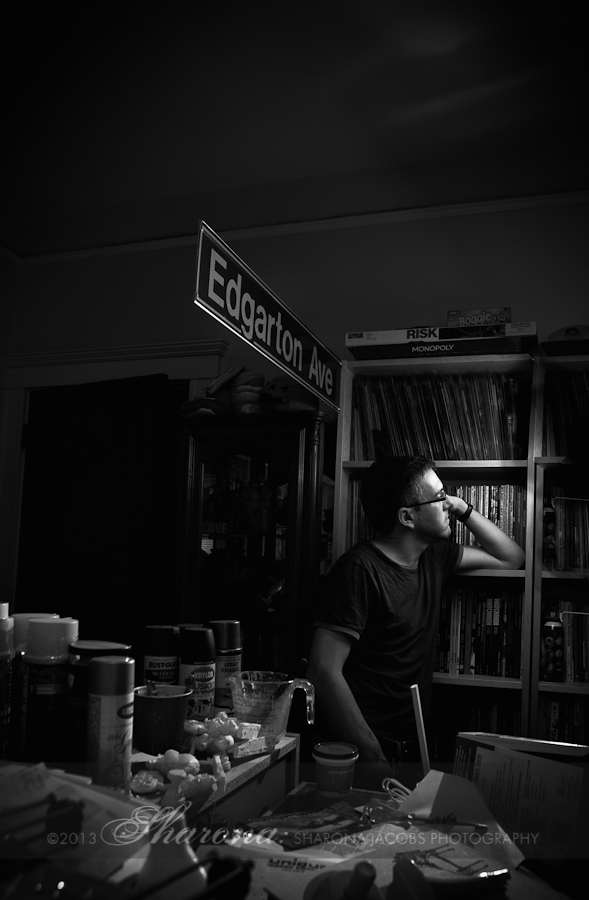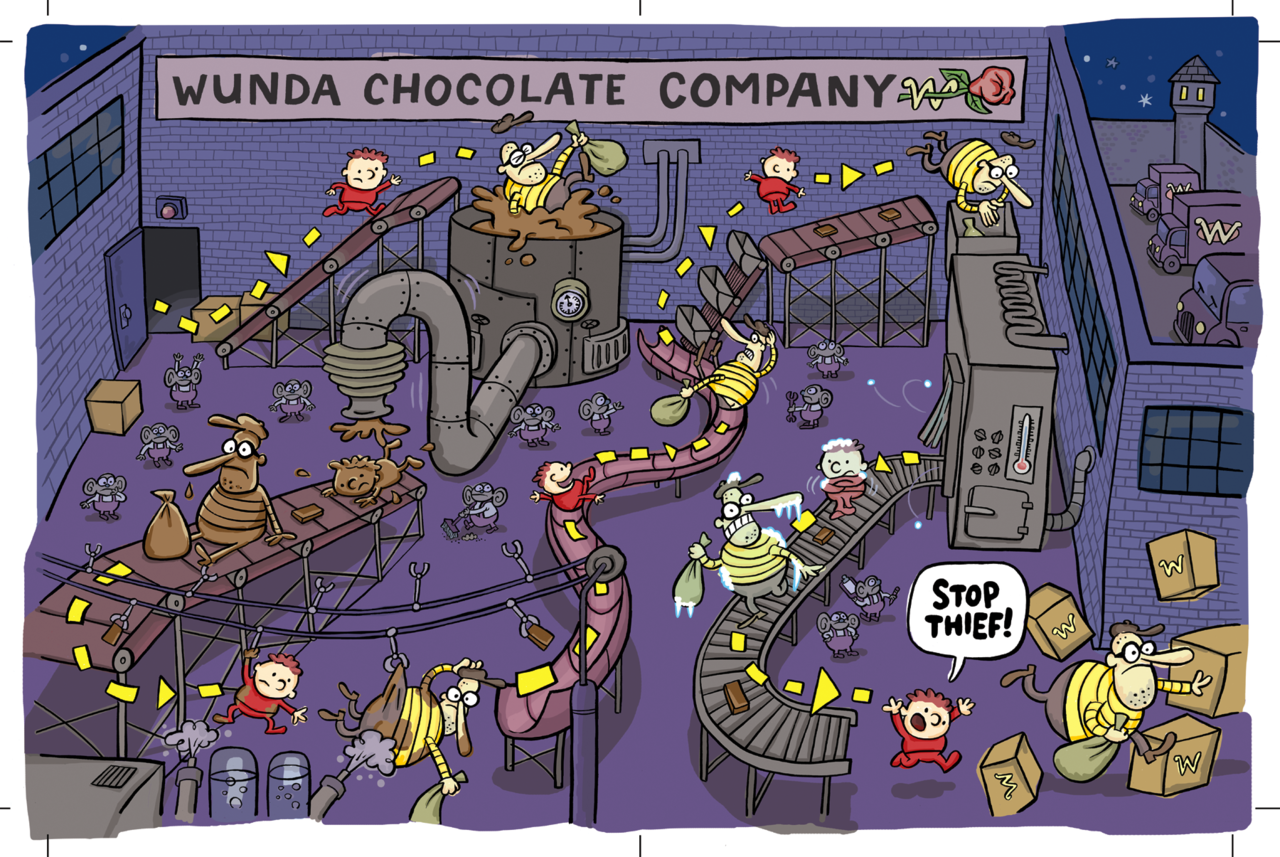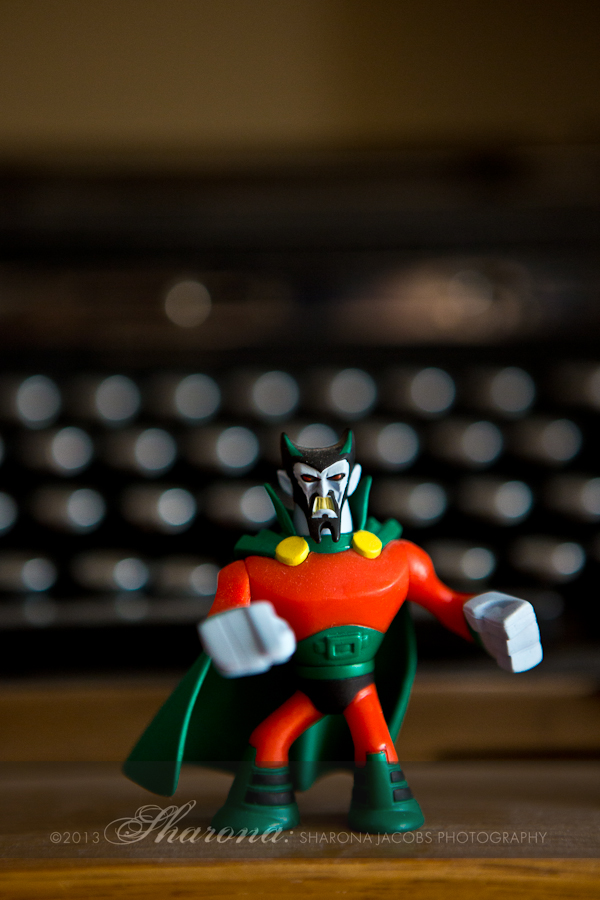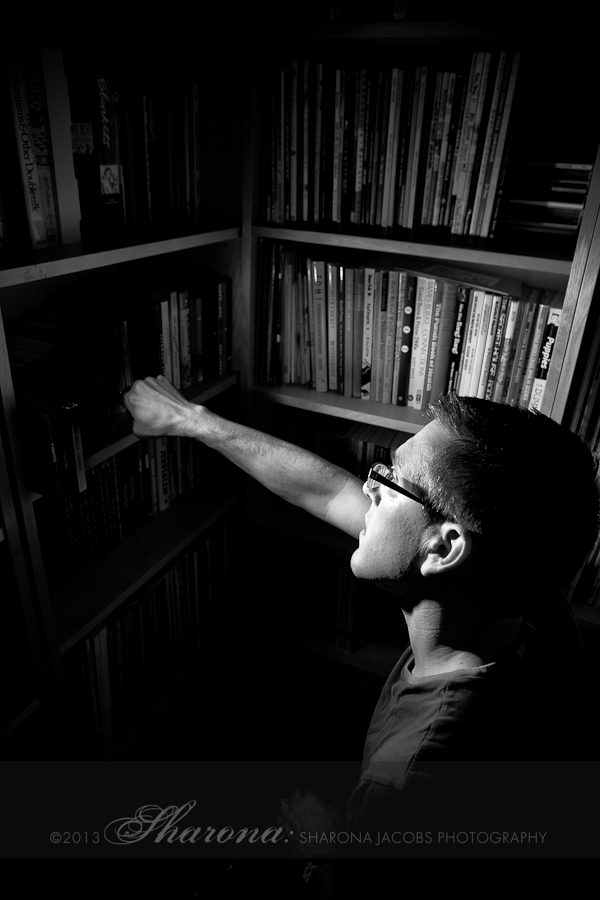Image by Sharona Jacobs.
Last spring, I posted about the Shalon, a cross-collaborative professional creative group formed between myself, an author, an artist, and a filmmaker (we just added a mosaicist/educator as well, but more on that soon!). Inspired by the concept of 18th century French salons, we meet monthly to discuss our goals, be accountable to one another, and brainstorm ideas. The three menfolk of our group suggested the name based on the first three letters of my name.
Being an independent creative professional can challenge the most stalwart of creative souls, and this group helps keep all of us focused and productive, both creatively and from a business standpoint. I hope that this, and future interviews with fellow independent creatives will inspire and support those of us making a living with our art. In that initial post, I mentioned that I'd be focusing on the Shalon-ers individually so you can learn a little more about them and their work.
For this post, I interviewed our resident artist, Bradford Johnson. Brad has been painting now for nearly three decades and exhibited extensively in solo and group exhibitions—garnering acknowledgements and awards from such prestigious organizations as the Pollock-Krasner Foundation and Yaddo and MacDowell Artist Colonies. Throughout this time he has focused on “first-level” questions: who are we, where do we come from, why are we here, what has gone wrong, where are we going? In his work there is often an element of immanent danger and potential or actual disaster. Images of wrecked ships, airplanes, and balloons alongside ordinary human activities; indicators of aspiration and failure, calamity and hope — overlaid with time and memory. Without further ado, let's talk to Brad about his work (all images of artwork are courtesy of Bradford Johnson).
Sharona: Hi Brad, and thanks so much for speaking to us about you and your work! Could you tell us a little bit about what drives you as an artist?
Brad: I'm fascinated with the boundaries between photography and painting. I delight in criss crossing the line between both - embedding objective photographic backstories with the subjective painting process. Even during the formative training as an artist at The Rhode Island School of Design to my MFA at Hunter College, NYC, I was captivated with memory and the past in visual terms. This was central in my show at the UniLu Gallery in Cambridge MA, Spaces Between the Splendor- Painting Encounter and Conquest.
SJ: How did you first venture into the art world?
Brad: I came to art making sometime late in high school - my application to the Rhode Island School of Design a kind of afterthought amid other liberal art colleges. When I was accepted there I (naively) took this a confirmation of an artistic path. This unexpected stroke of luck or grace was the gate through which I found a vocational calling.
SJ: It's true, luck can certainly change an artist's course, both for good and the difficult! What are the greatest challenges in your work, and what helps you overcome them?
Brad: I think it's particularly hard to hold on the value of myself or my work consistently. There are plenty of metrics in the world that diminish livelong pursuit of painting (or any creative path). Painting can be isolating. There are many moments of self doubt. The only way through these periods is through community and connection. It can also be helpful to muster a determination to keep throwing any shit at the walls until something sticks.
SJ: Absolutely! Persistence is underrated as a vital commodity in an artist's survival and success. Speaking of success, whose work do you most admire or influences you?
Brad: An early guiding light for me was the quirky painter A.P Ryder and some of his obsessive gritty mysterious paintings. Later Robert Rauchenburg offered a way to work with photographic images that was liberating. I also lean pretty heavily on musicians like, Bruce Cockburn, Leonard Cohen, Jeff Buckley and Nick Cave as inspiration.
SJ: Sounds like you like to draw from multiple artistic disciplines to create your work, much like we at the Shalon like to support each others' work though we each create with different media. How is the Shalon, or meeting within other creative professional groups, helpful to you?
Brad: The Shalon has been a lifeline of artistic and personal accountability. This group of friends are a remarkably undefended fellow creatives who generously share the burdens and joys of the artistic road.











